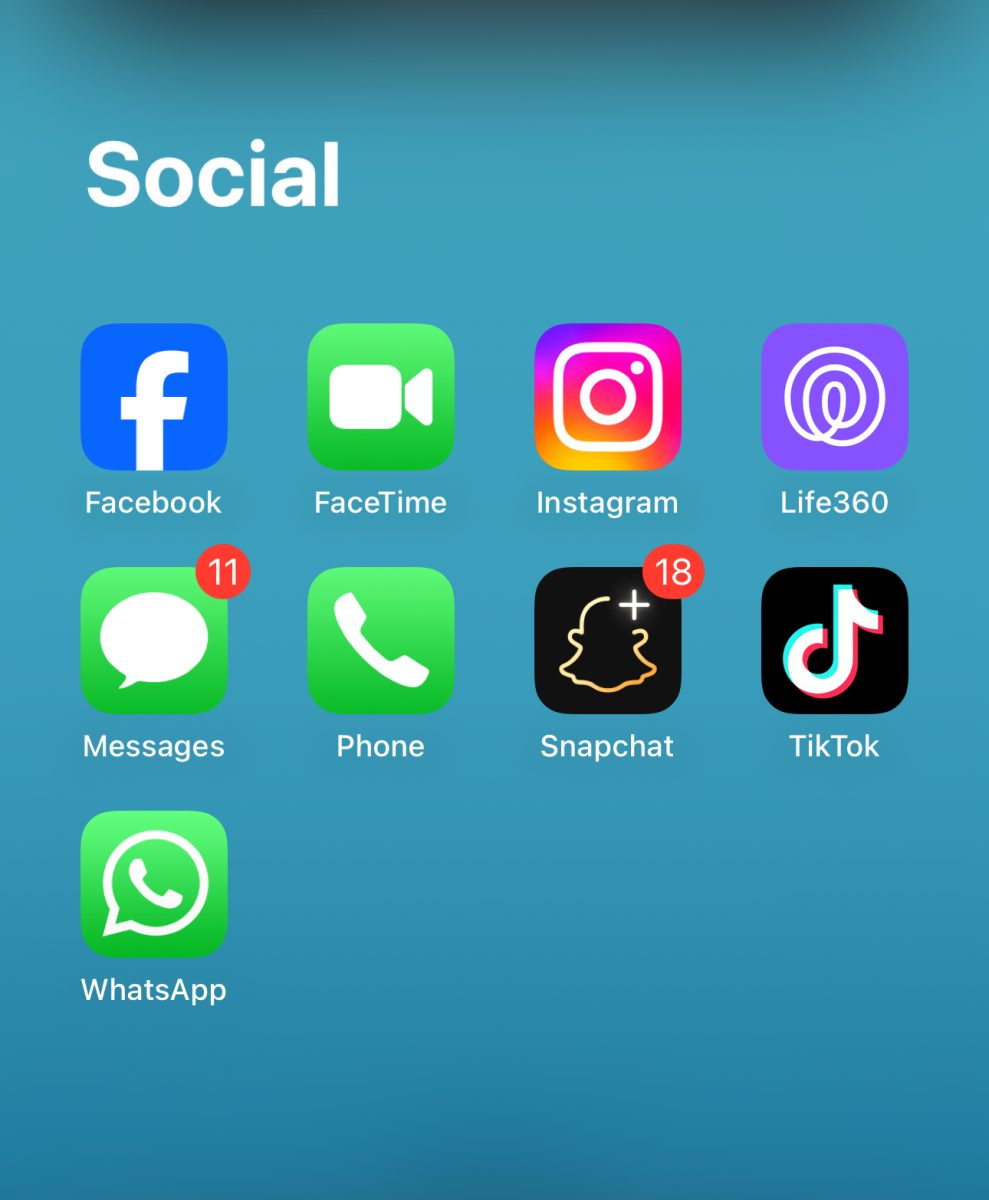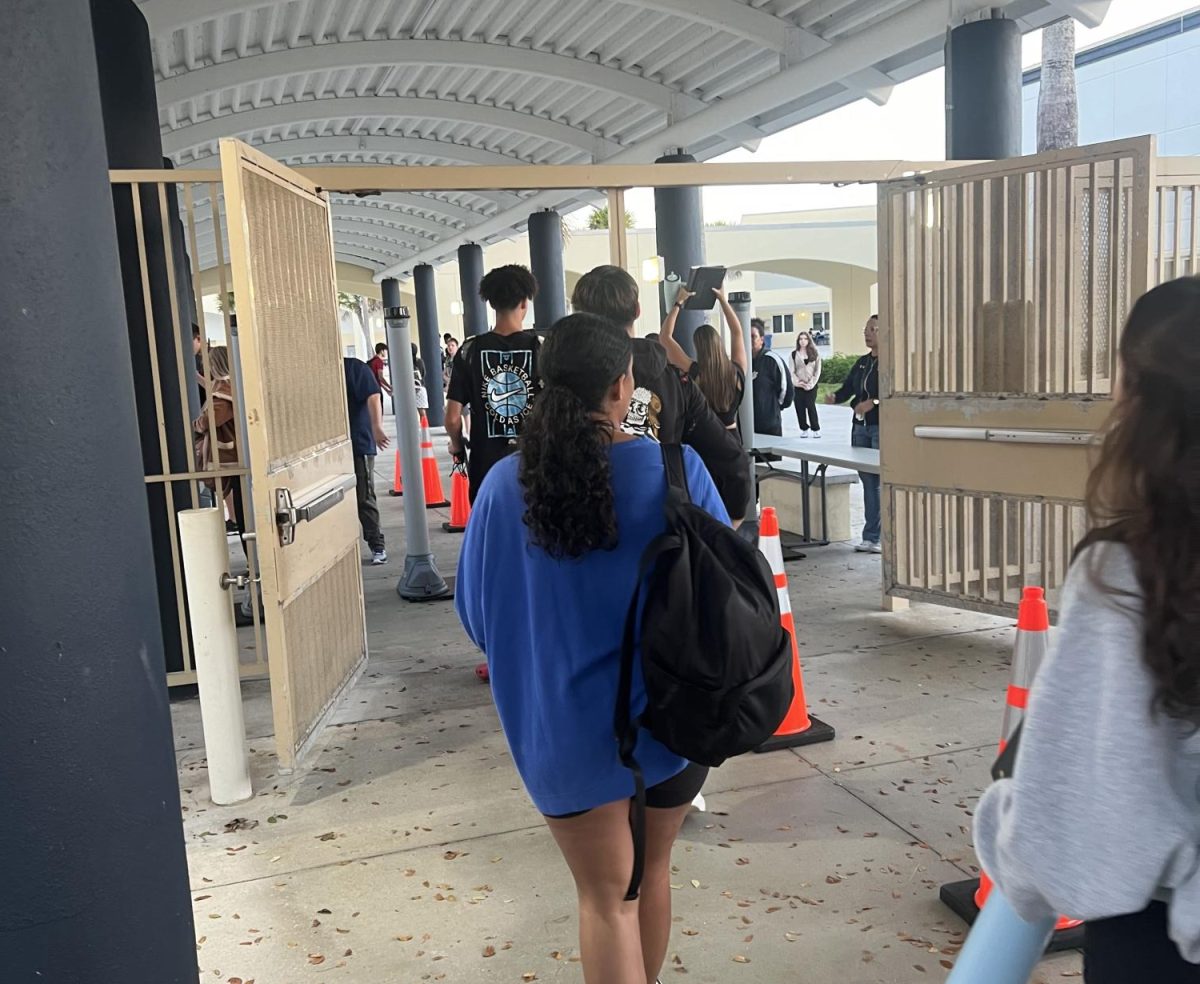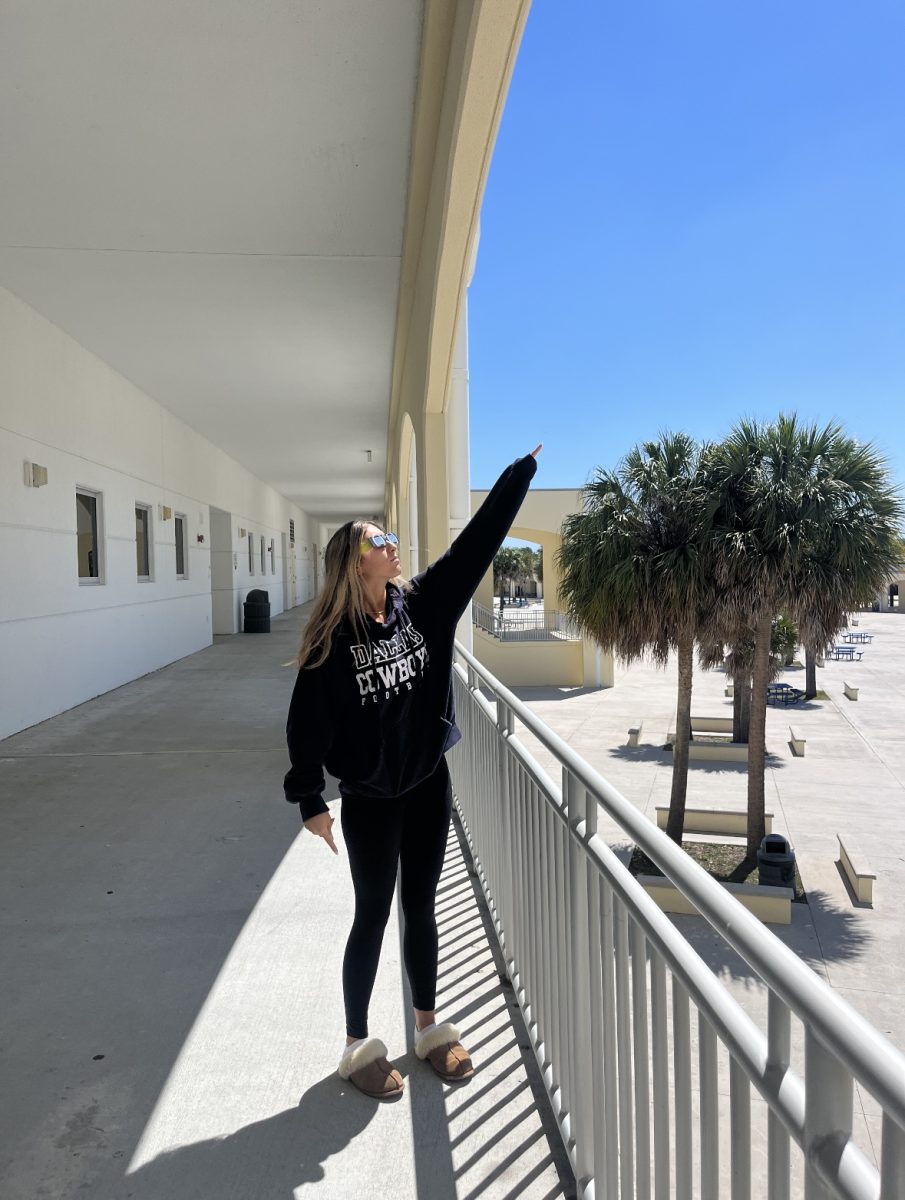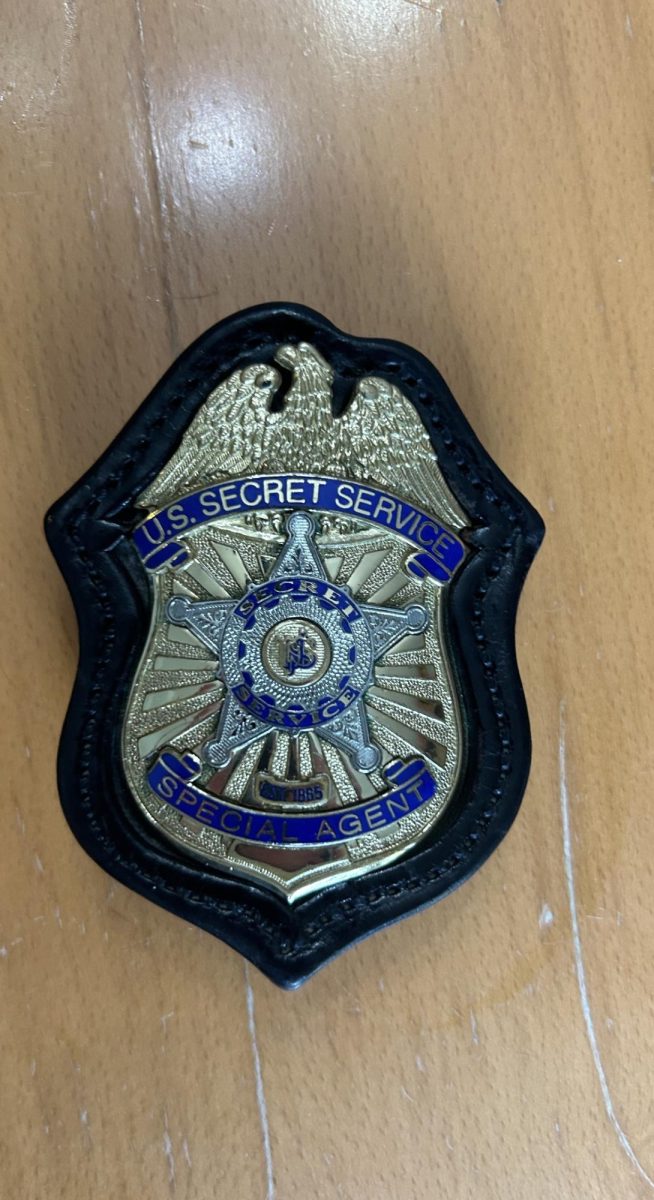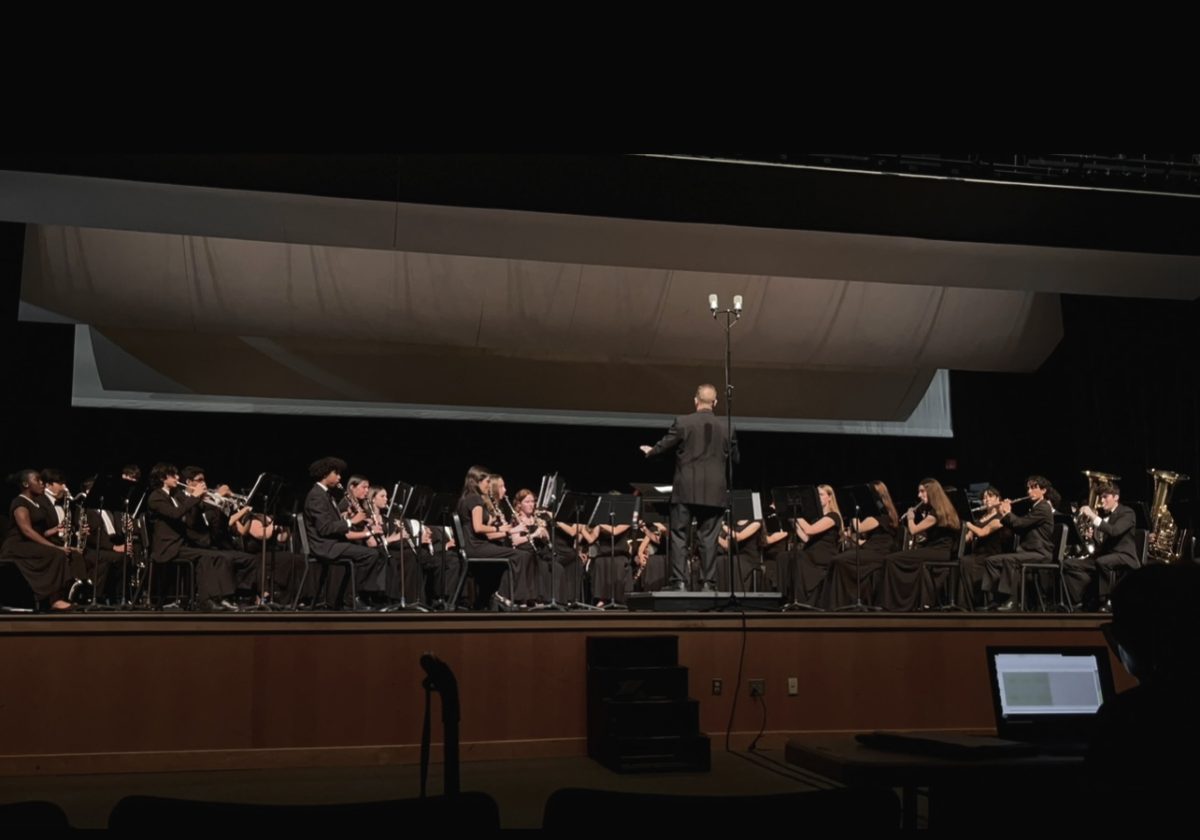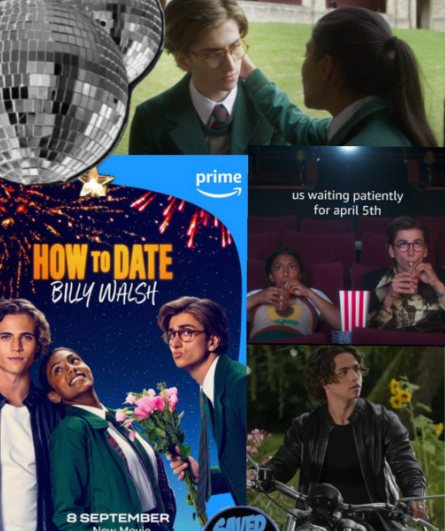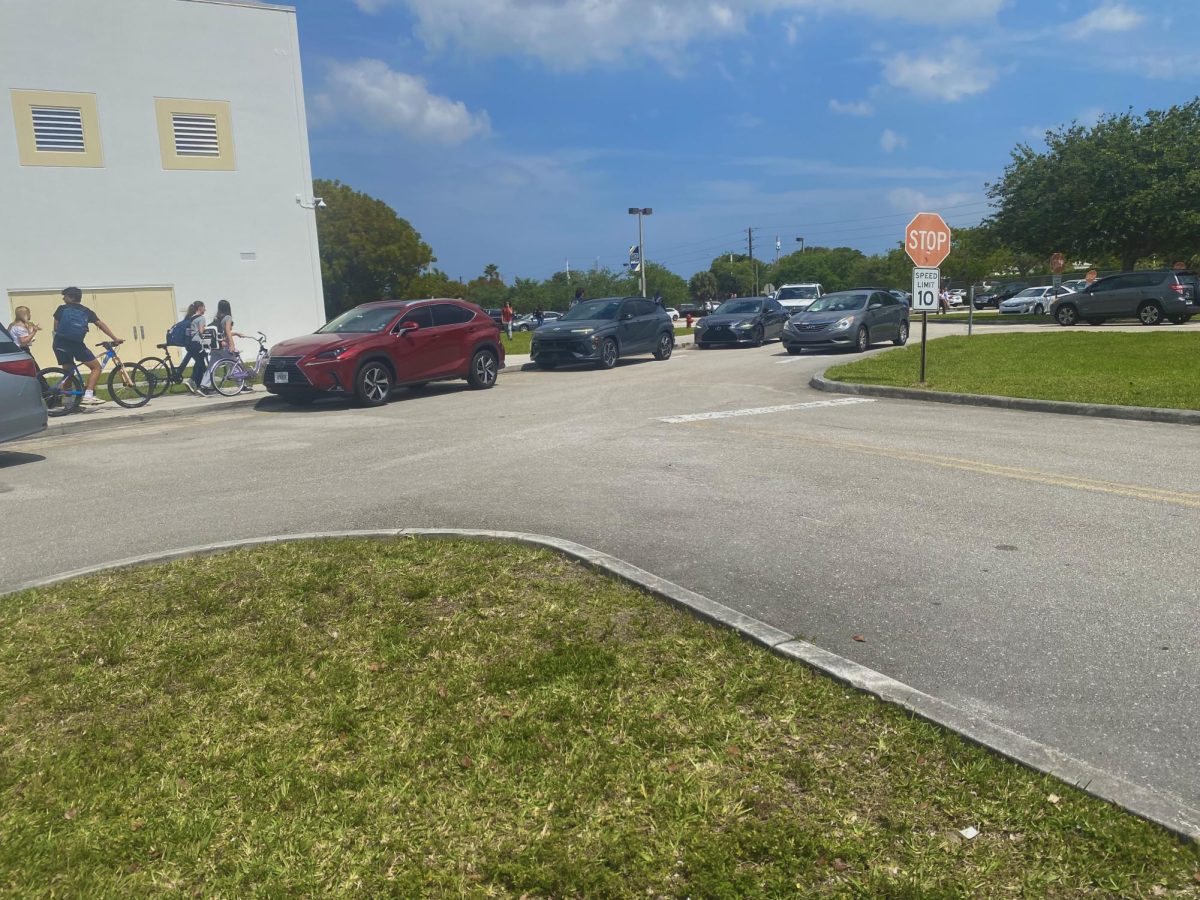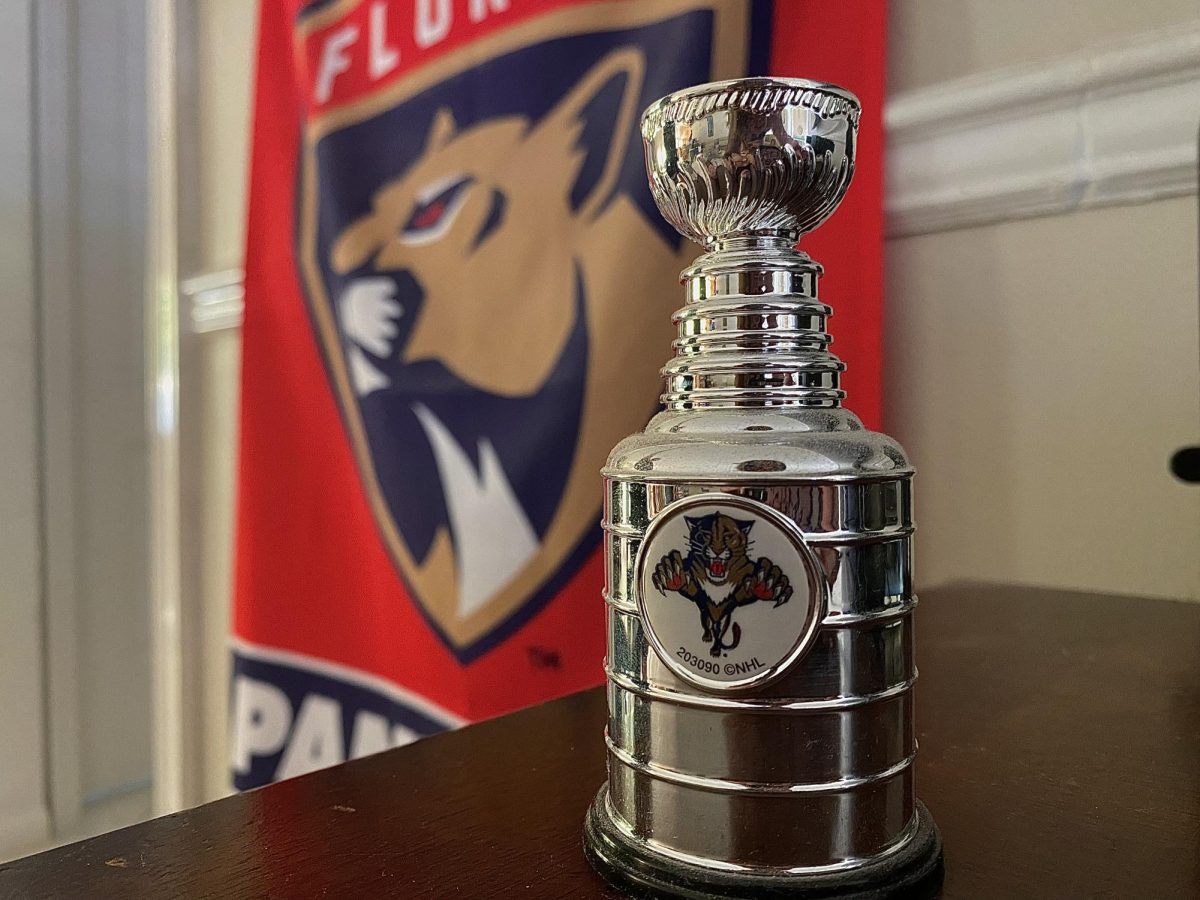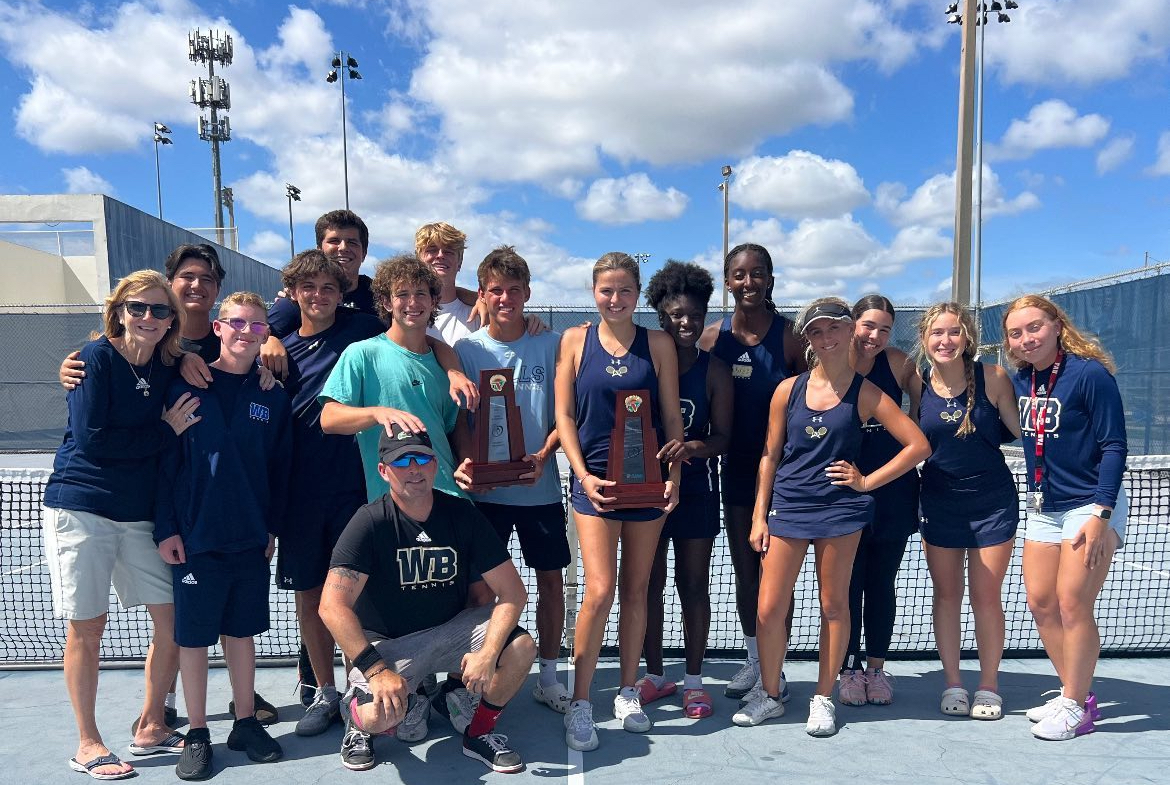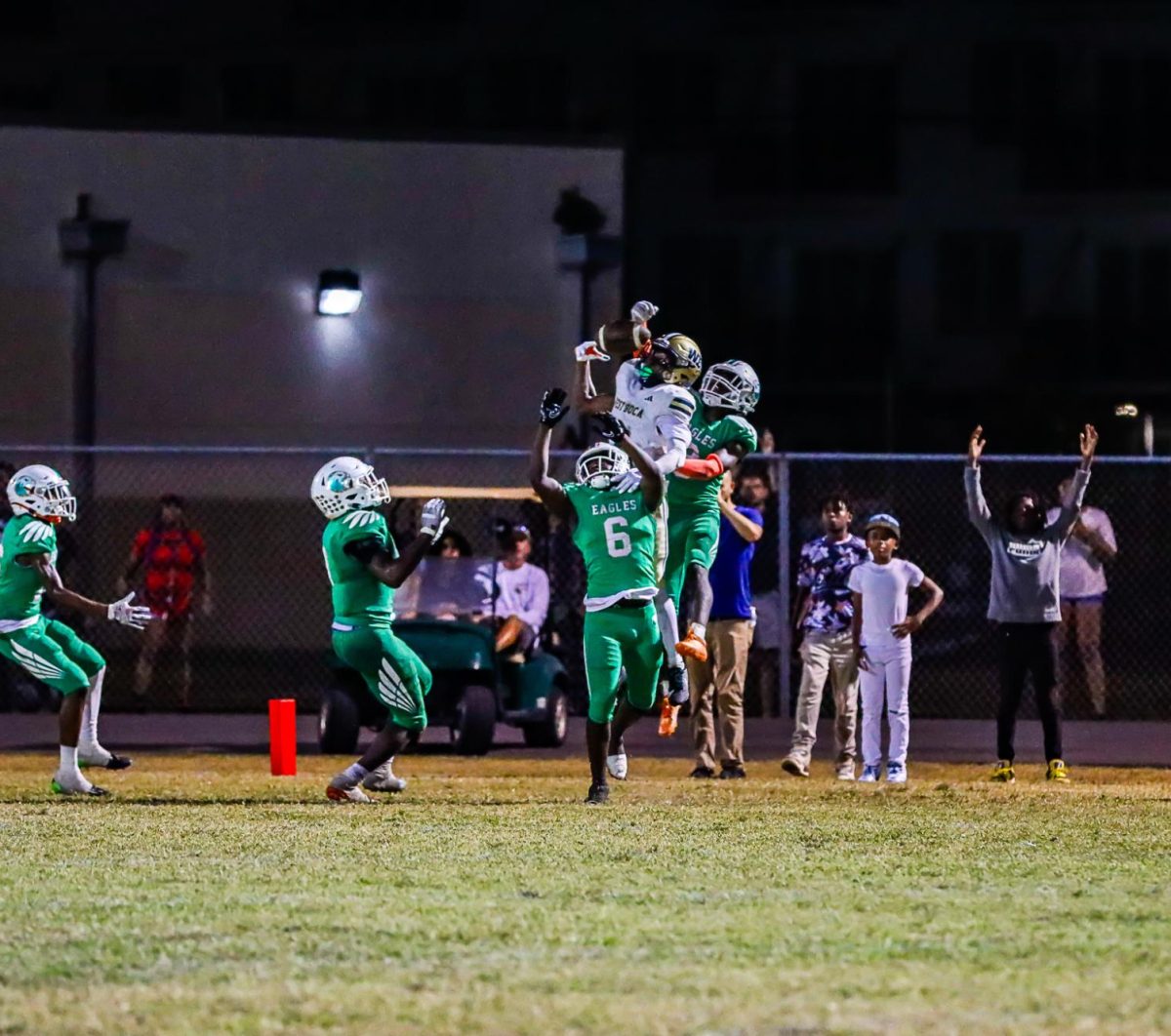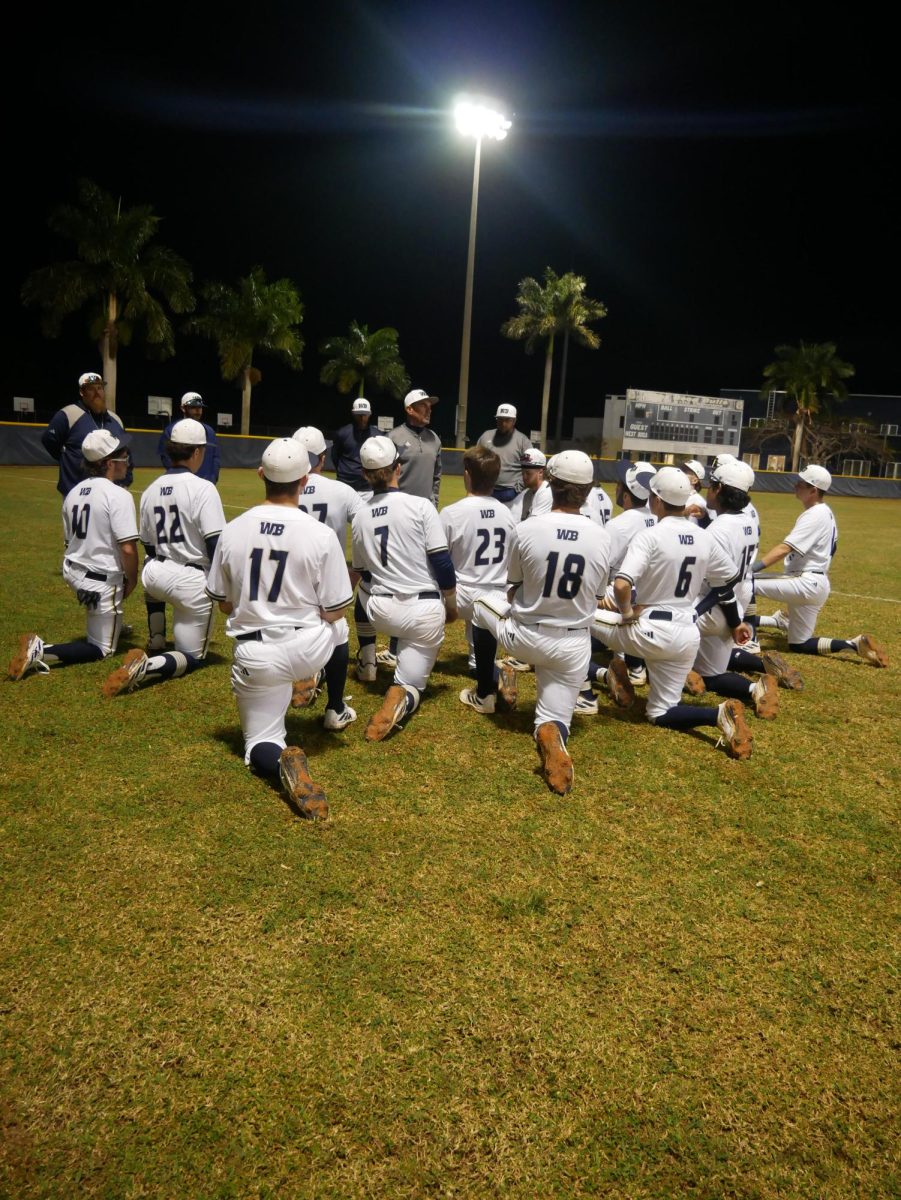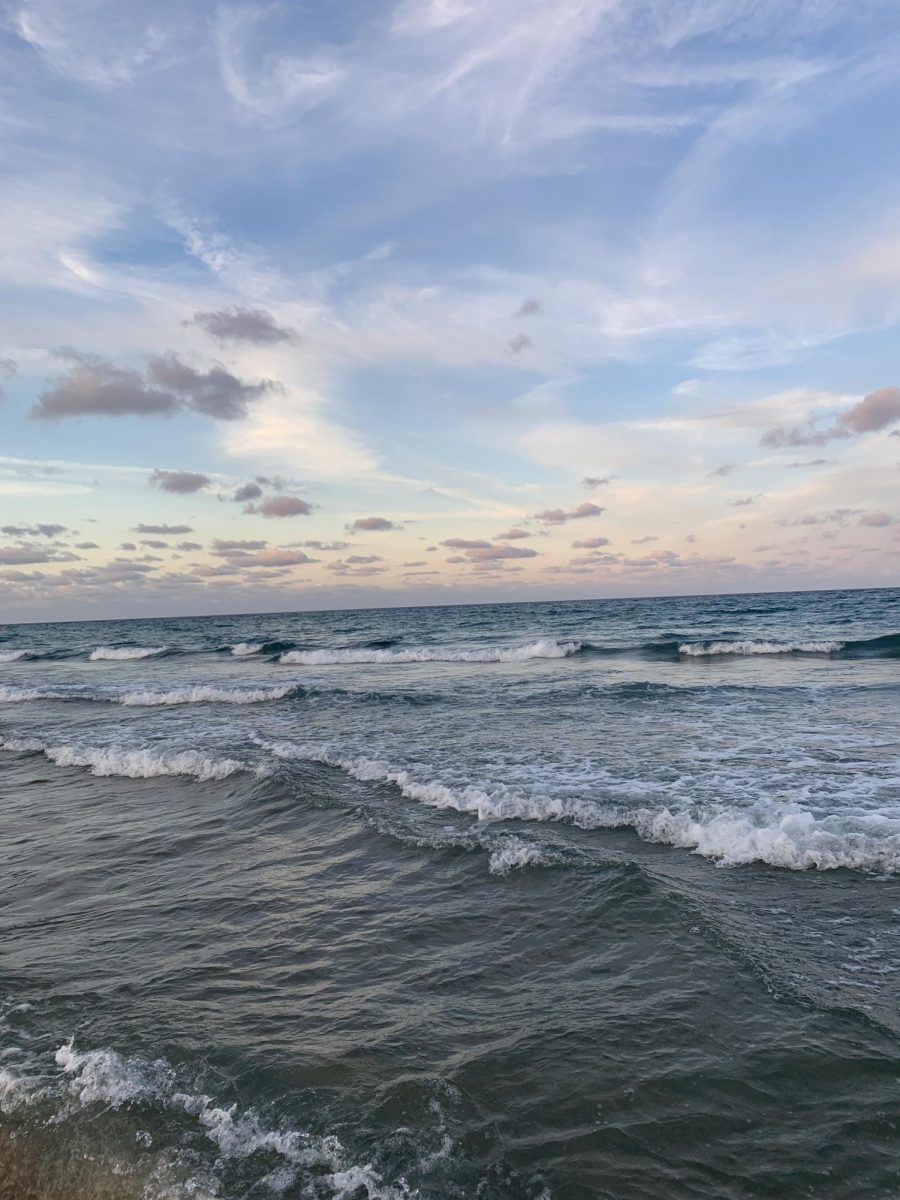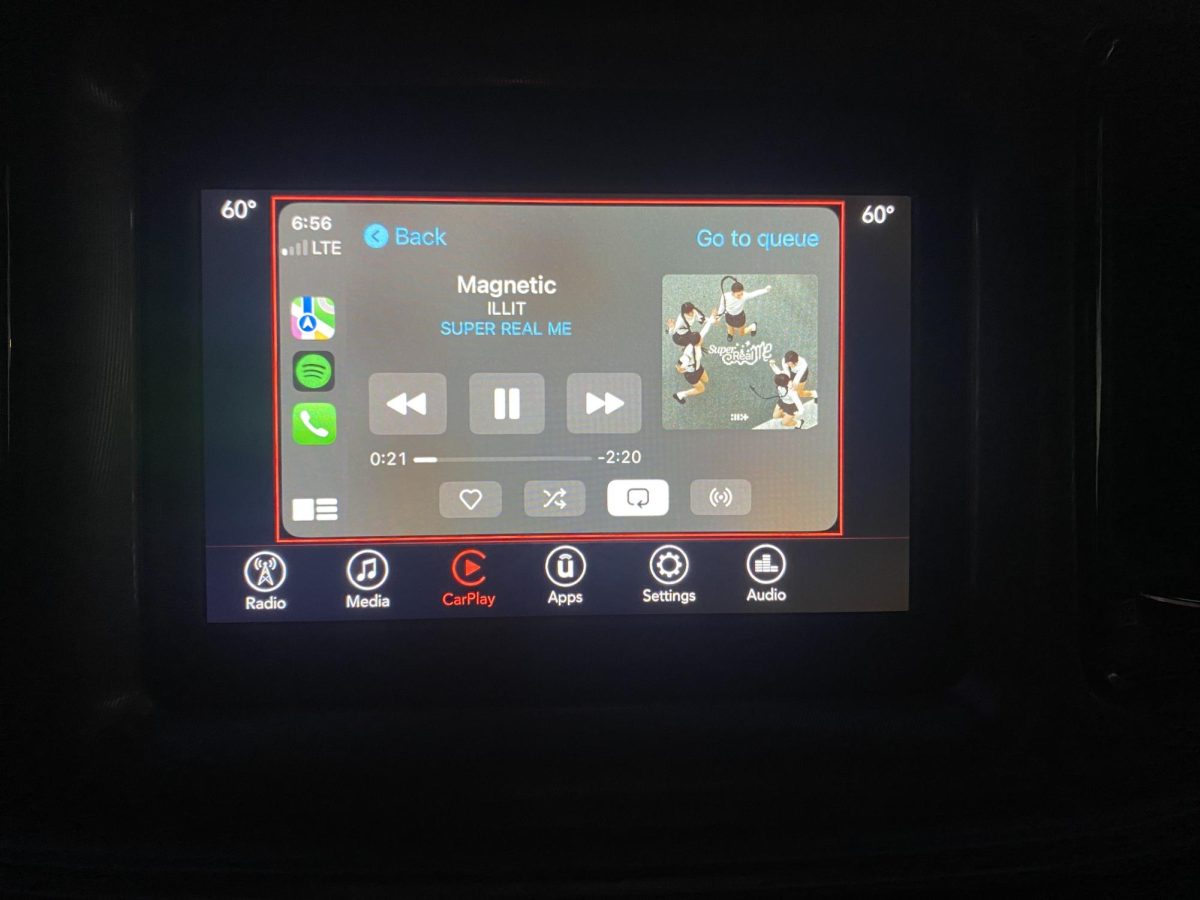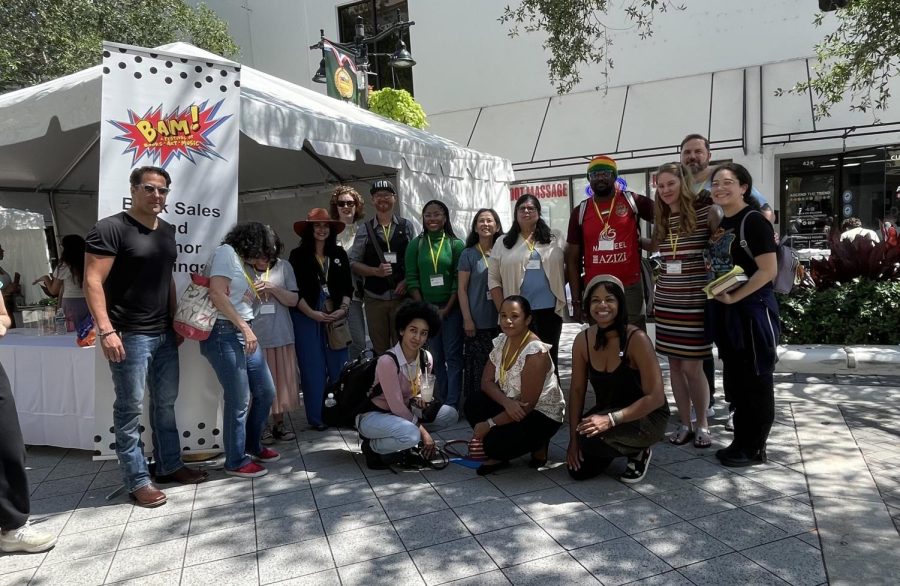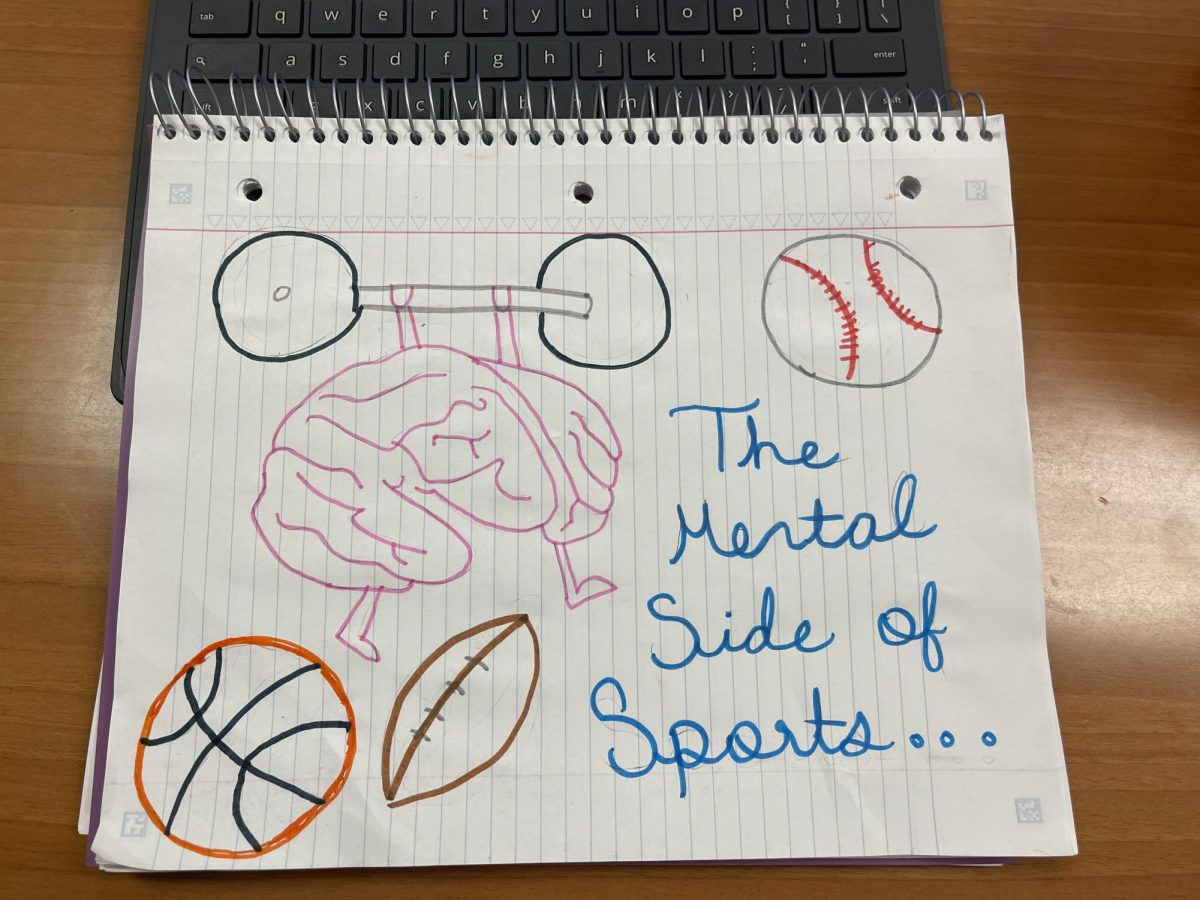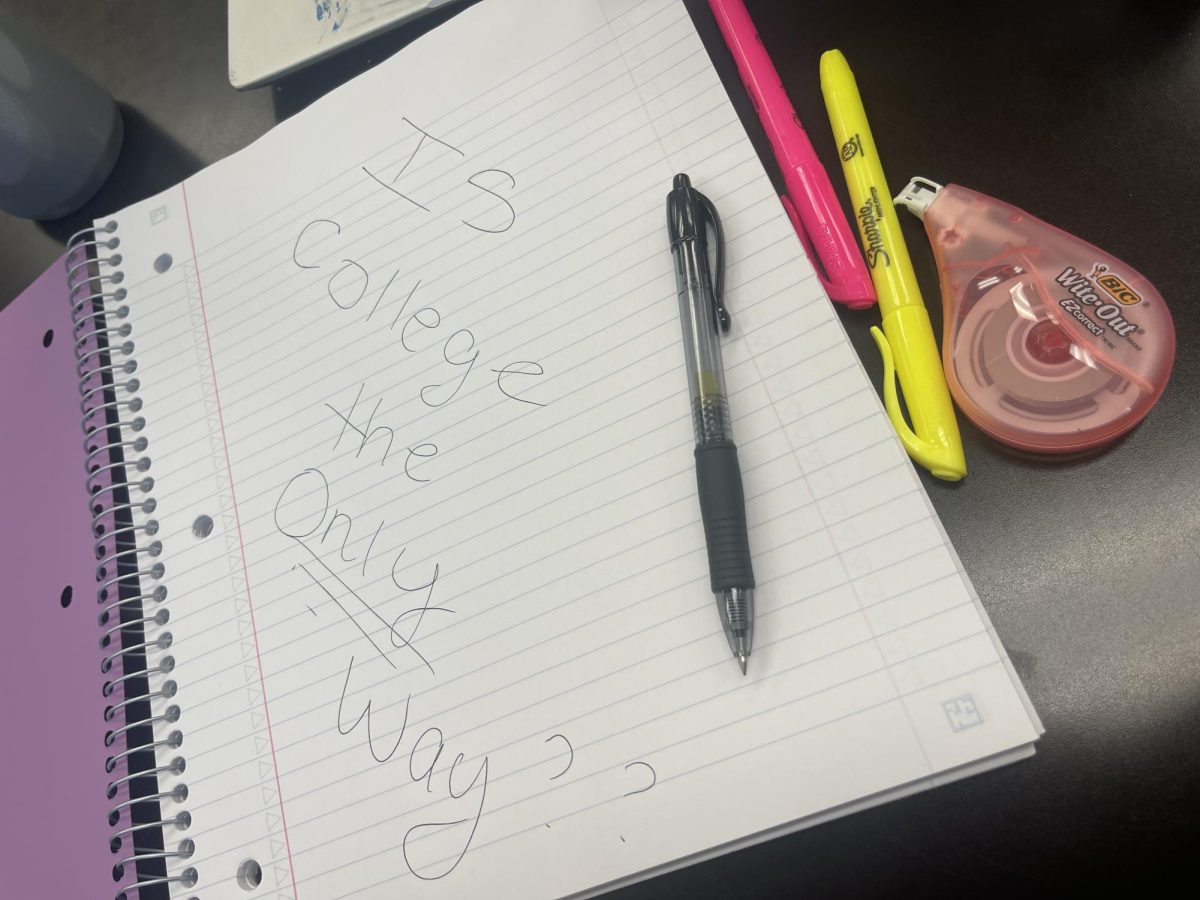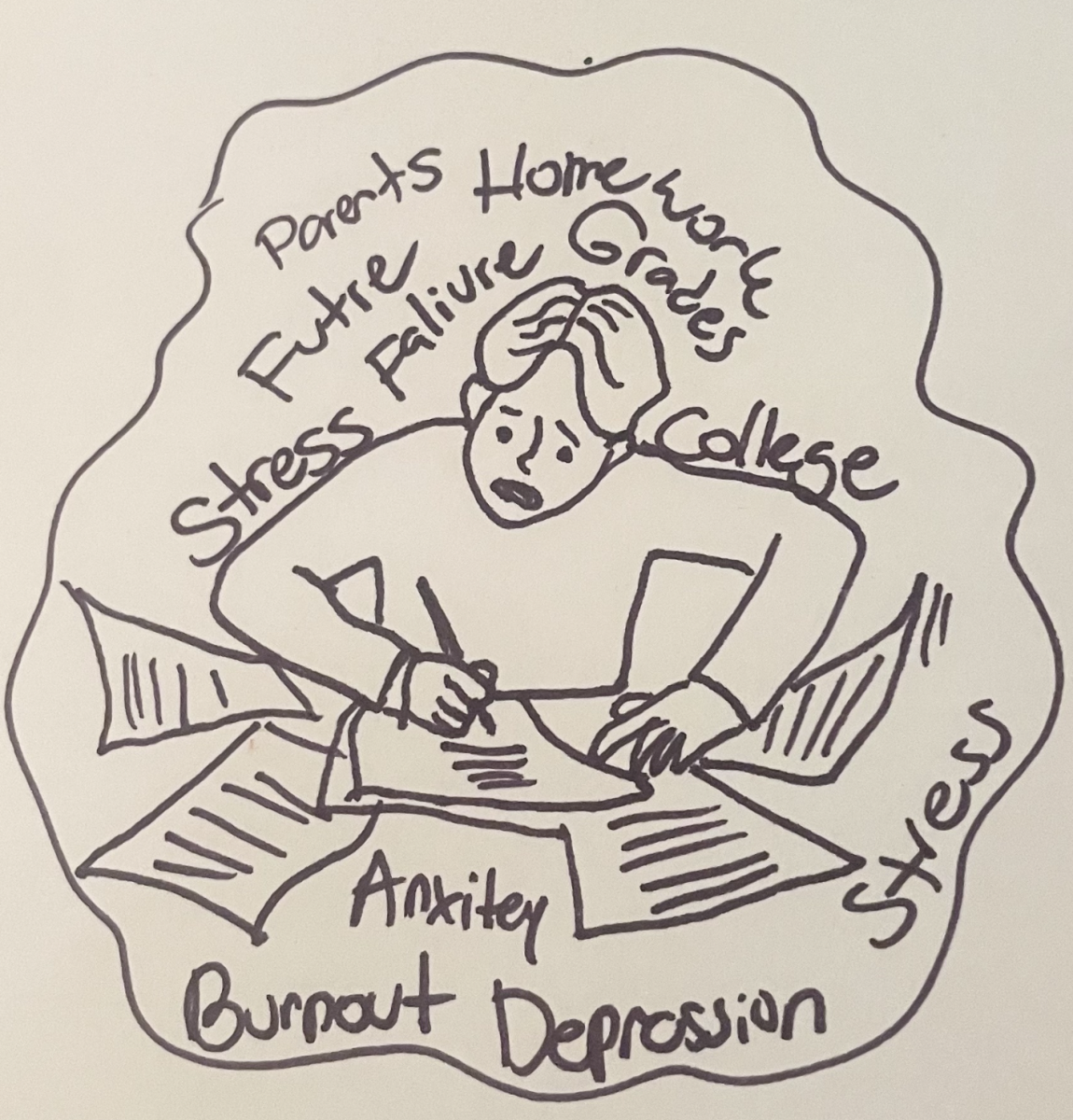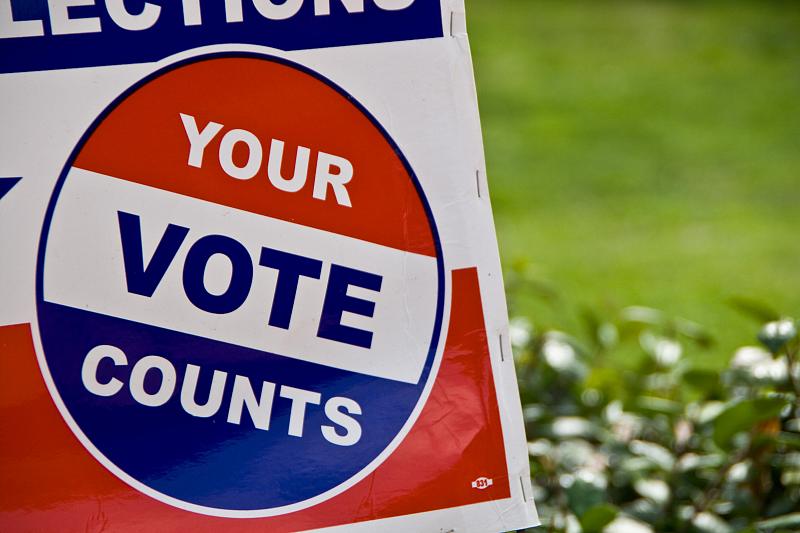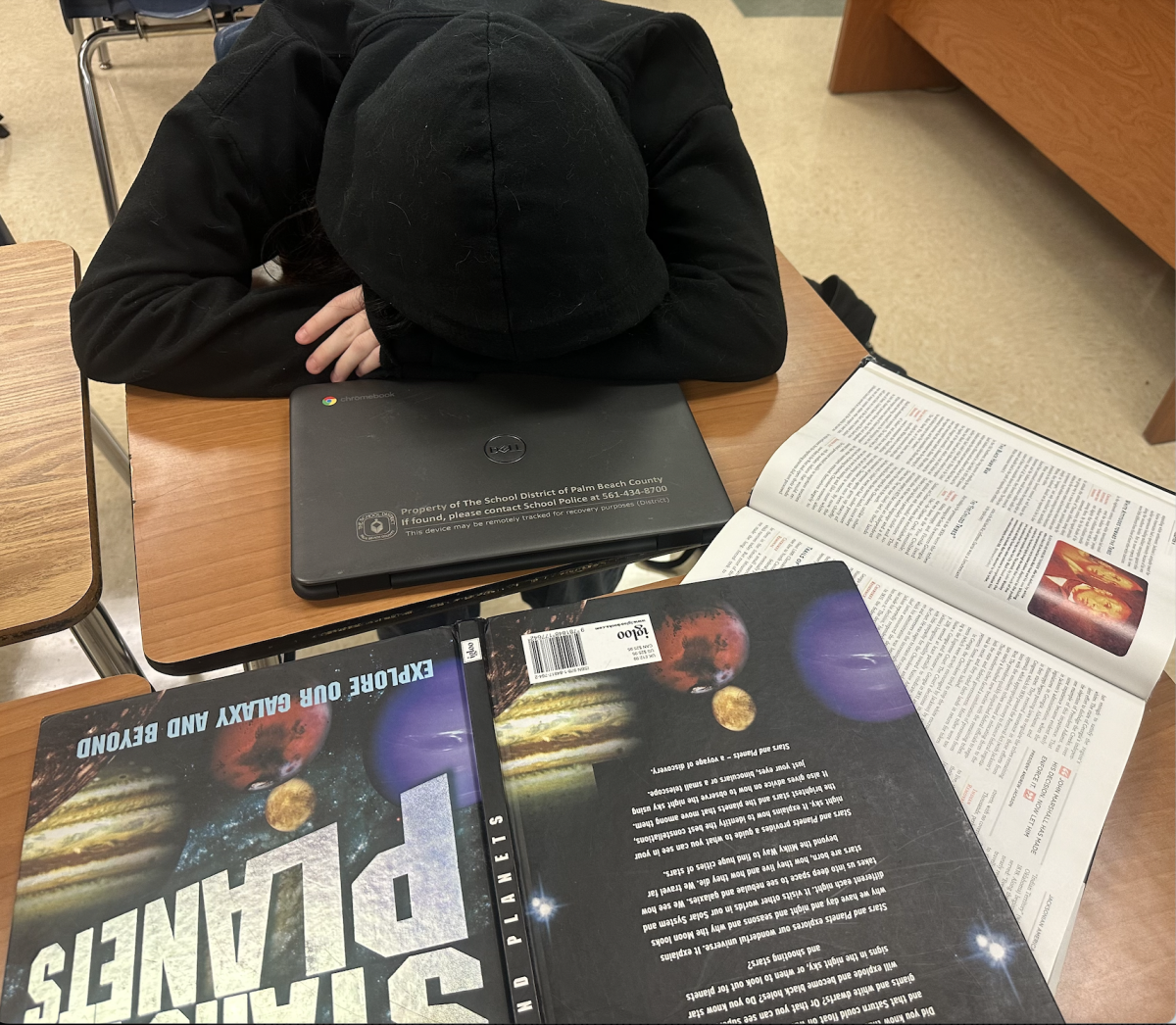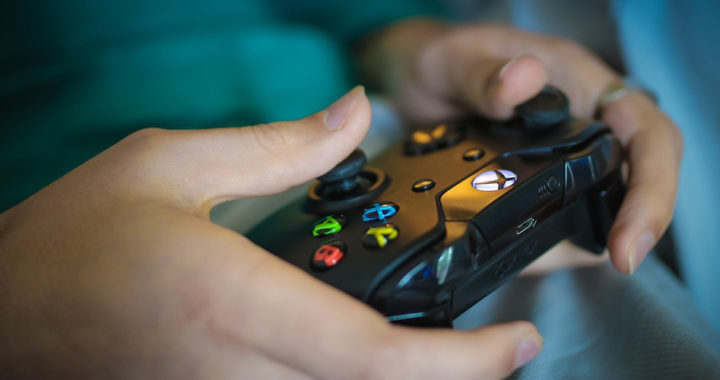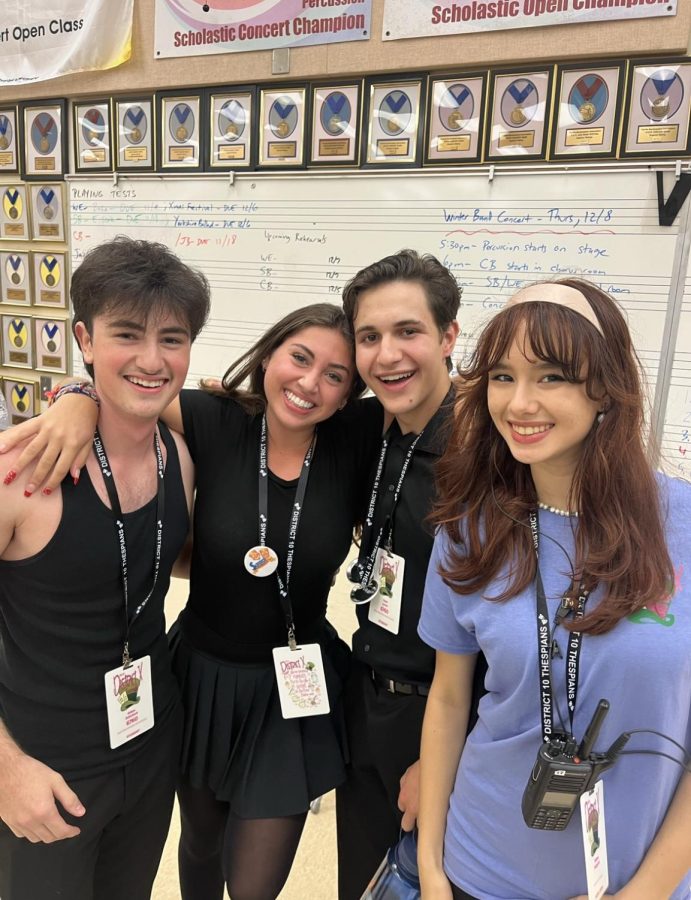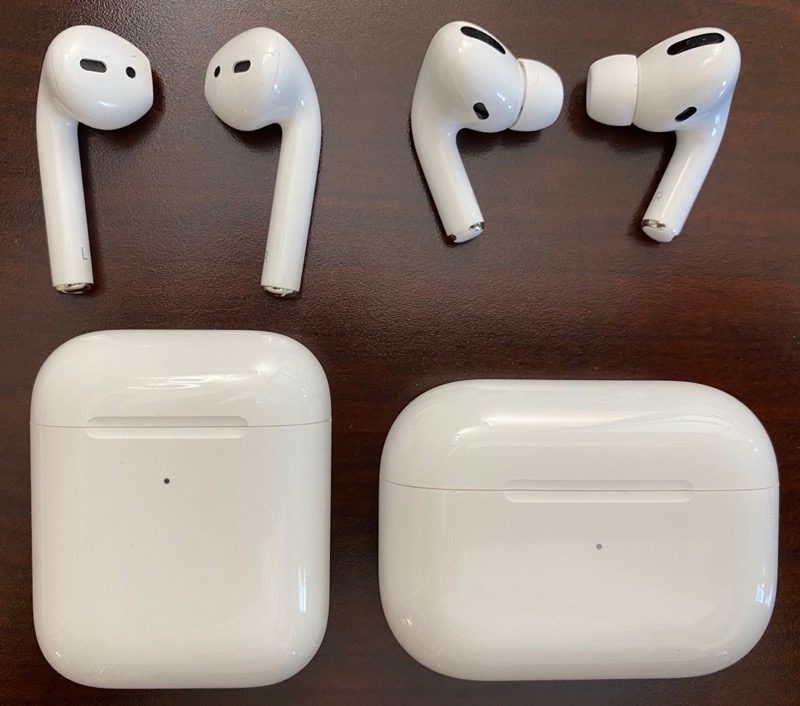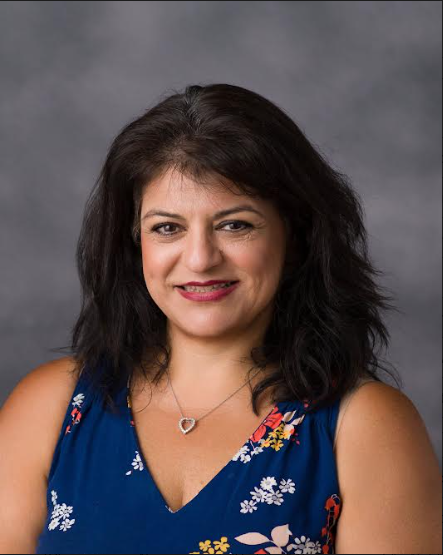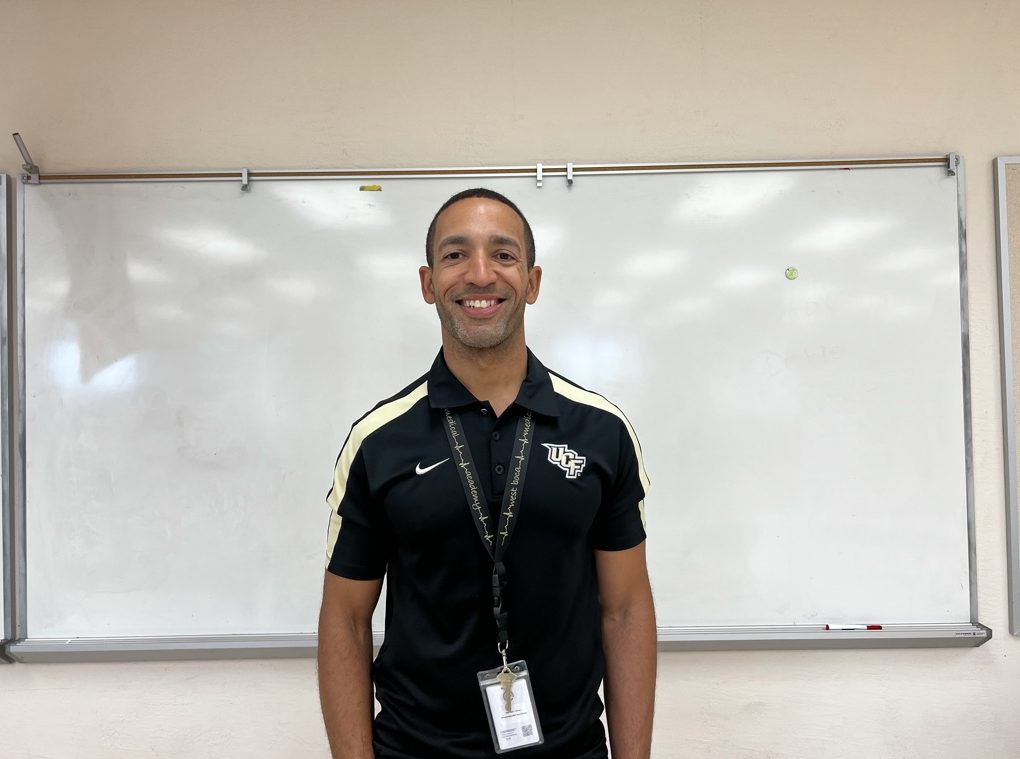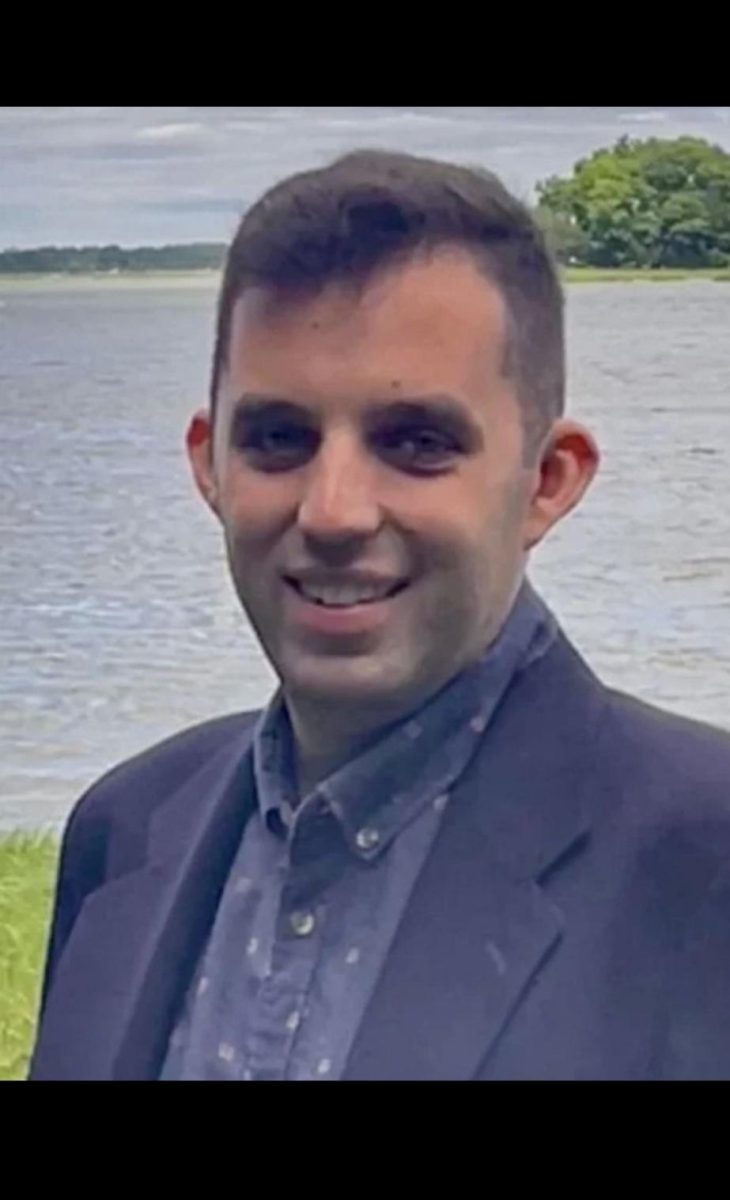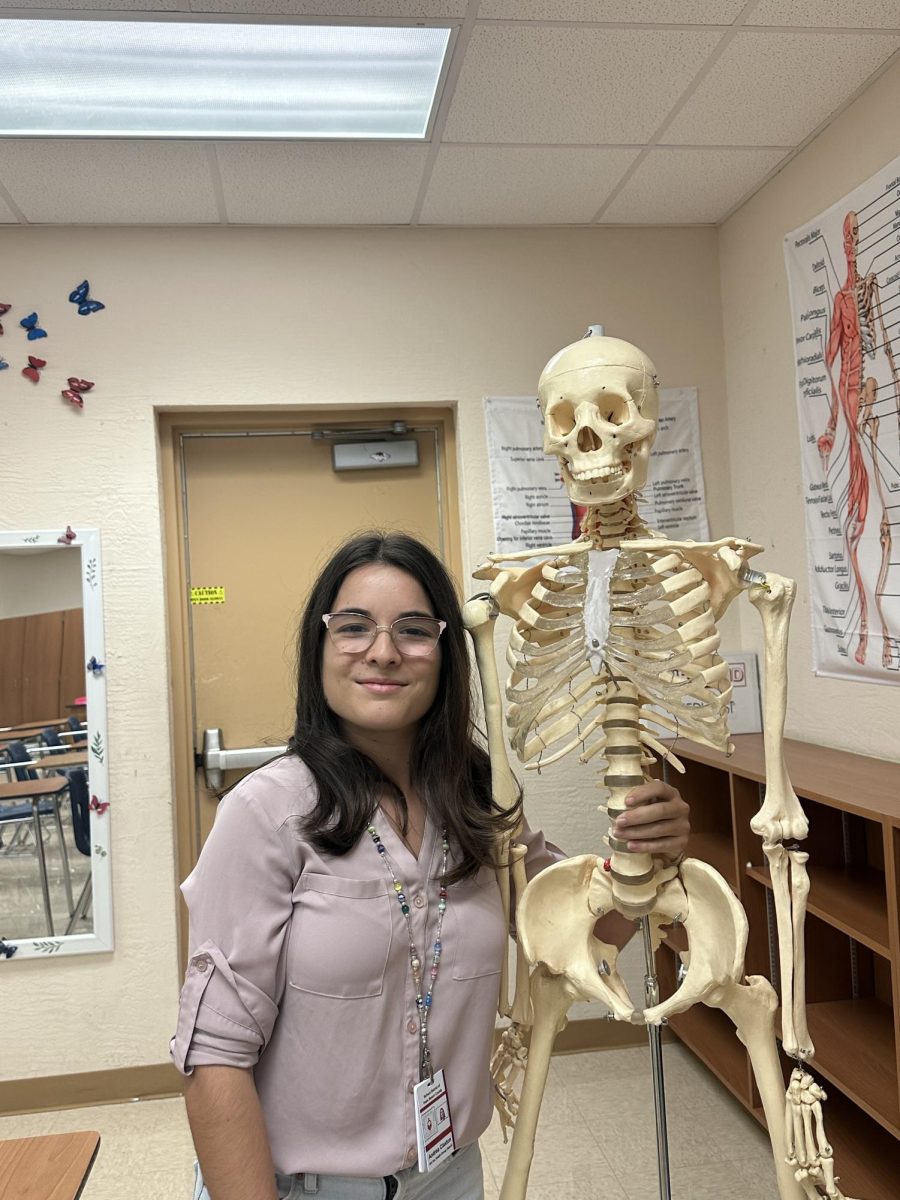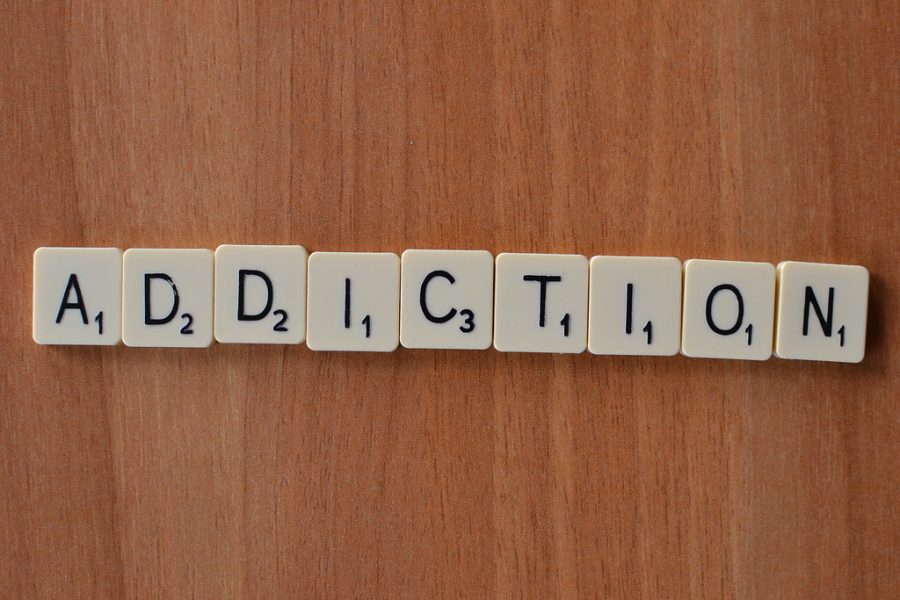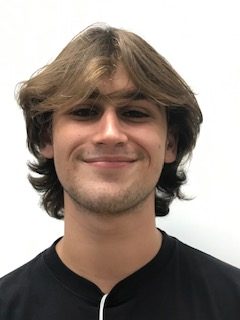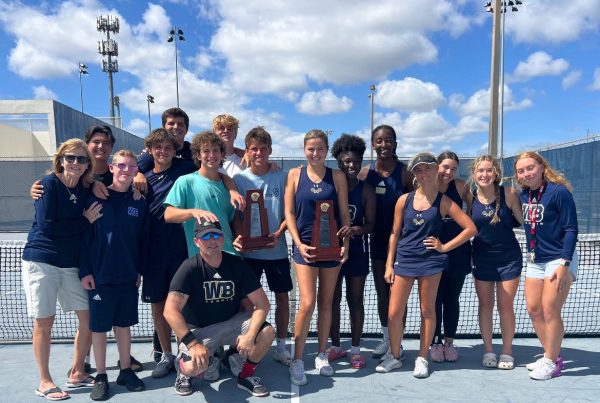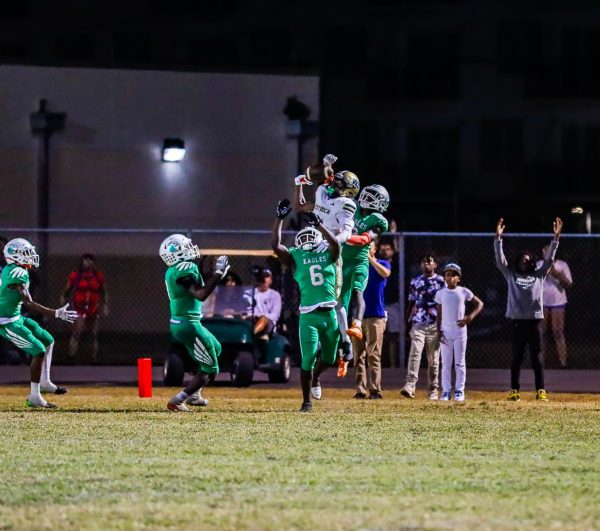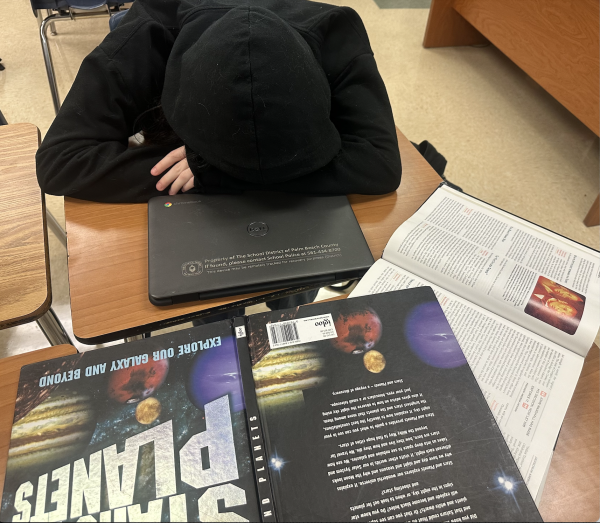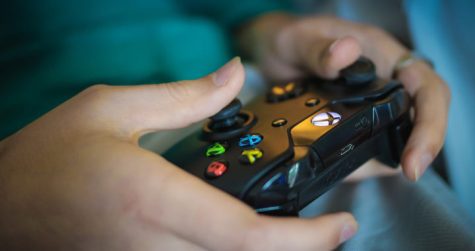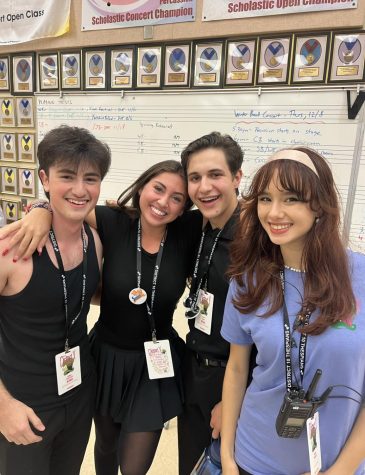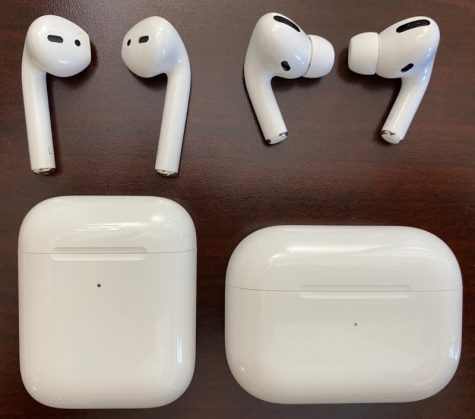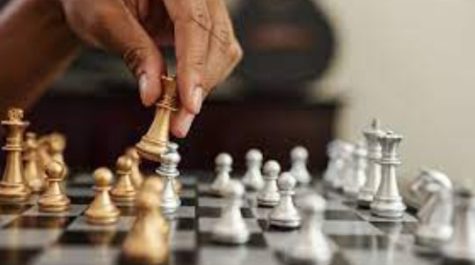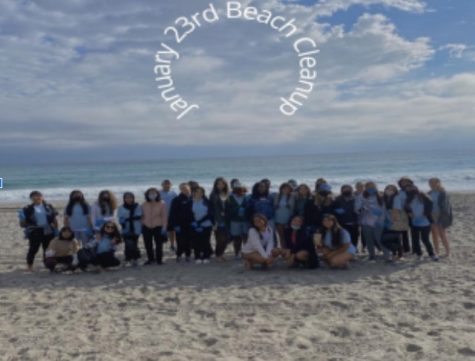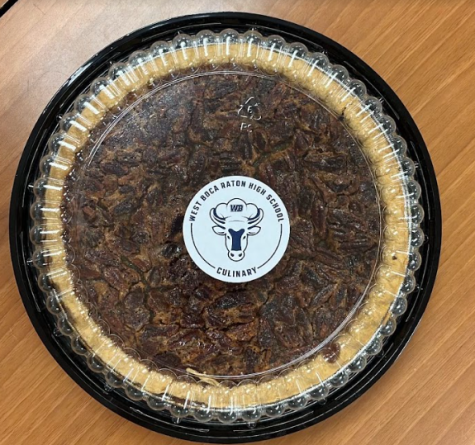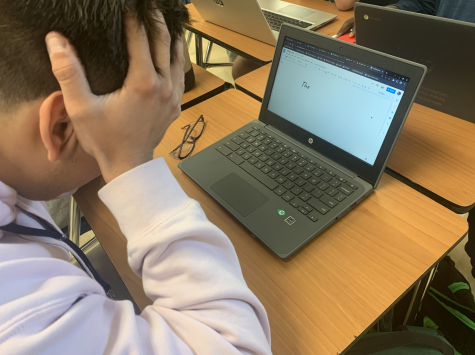Only The Kids Know
The Battle Against Nicotine
Addiction is not a game like scrabble. Picture by Flickr
October 14, 2019
A year ago, an epidemic took the nation by storm. Its effects were so far-reaching that it had even taken hold of the youth. This epidemic is e-cigarettes. At its thought-to-be peak, The Bullseye wrote on its dangers and the irreparable way usage can be harmful. A year later, the problem has snowballed into a matter of national concern. The focal point of the conversation has been prevention, however, a shift to treatment is needed.
The detriment caused by e-cigarettes has clearly been noticed by legislature considering the number of bans taking place around the country. On September 17th, New York became the first state to ban flavored e-cigarettes, and Michigan followed the day after. 18 states raised the age to purchase tobacco from 18 to 21, and Michigan’s chief medical executive, Joneigh Khaldun, called youth vaping “a public health emergency.” Although each action being taken is different, the negative connotations affiliated with e-cigarettes are indisputable. An estimated 3 million highschoolers are vaping, which is about 20%. According to the CDC, 1 in every 4 kids vape. The National Youth Tobacco Vape Survey has shone a light on these statistics, which implies physical ramifications, but what isn’t being discussed is the psychological burden that now weighs on kids.
Many students are battling addiction in their adolescence, one which many adults struggle to kick. Whether it was peer pressure, an act of rebellion, or a careless hit, many kids have gotten hooked and don’t know where to turn. The thought of asking a parent may carry repercussions of disappointment or punishment. Although guidance counselors can be extremely helpful and understanding, many kids refuse to see them. This may stem from the fact that many kids who have been caught with e-cigarettes were punished immediately with a referral or suspension and not offered any remediation. A cold shoulder can’t be given to kids when they need help because once addiction takes hold, it is devastatingly hard to shake. Thus, the central issue is no longer keeping kids away, but helping those victimized by nicotine.
Through this, the question still lurks: what can kids do? In search of this answer, we interviewed faculty at West Boca. The first stop was the mental health guidance counselor, Ms. Towsend. After chatting, we came to the conclusion that West Boca could seek a better balance between treatment and punishment. We also acknowledged that there is no program at West Boca tailored to help kids quit nicotine. We decided that we needed to take the first step. The program we are facilitating will work with organizations to bring in specialists and former users who can share their steps to getting clean. It will also include separate sessions for parents, which will look to teach them how to prevent e-cigarette usage and how to react if their kid is caught. The plan is to start on National Smokeout Day: An event on November 21st sponsored by the American Cancer Society where Americans are encouraged to quit smoking for the day. It started in 1976 in California and was so successful that 1 million people quit the first day. We look to achieve this level of success within West Boca and build towards a nicotine-free student body.
To see what private organizations are doing to help kids, we contacted about 10 local, state, and national treatment centers and helplines including the 211 Helpline for Drug Abuse, the National Helpline for Mental Health and Substance Abuse, and the National Cancer Institute. All the services we called claimed to have treatment or information, so we were eager to see for ourselves. After being put on hold, for long enough that a person would’ve changed his or her mind about quitting, we received answers. The majority of operators told us that they “don’t treat juveniles”. Some said they accept kids but don’t specialize in them. In fact, not one place we called specializes in those who are under 18. One operator was even confused at the mention of e-cigarettes, saying that they are fairly new and treatment hasn’t been released yet. How does a call line for tobacco treatment not have adequate information on a national health crisis in their field? Was the message carried afoot?
In reaction to the increase in student vaping, The Palm Beach County School District has taken the first step. To inquire, The Bullseye interviewed Brian Dawson, a specialist in the Department of Student Wellness. We learned that a new system is being introduced which will offer help to students found with e-cigarettes on campus. In an effort to find a better balance between punishment and treatment, students are being offered the ability to cut their suspension in half through participation in online e-cigarette prevention and cessation classes. This comes in conjunction with a course offered to teachers which will show methods of prevention, which will then be passed down to students. We also learned that the county has been working with Tobacco Free Florida to better formulate cessation tactics that are practical for not only high schoolers, but those younger. After asking Mr. Dawson about what kids can do right now to beat the addiction, he said Tobacco Free Florida has a program on their website which allows people to choose their preferred method of cessation and walks them through the steps. Finally, students have received the attention they deserve!
For more information visit the Partnership for drug-free kids:
https://drugfree.org/article/how-to-talk-with-your-kids-about-vaping/

